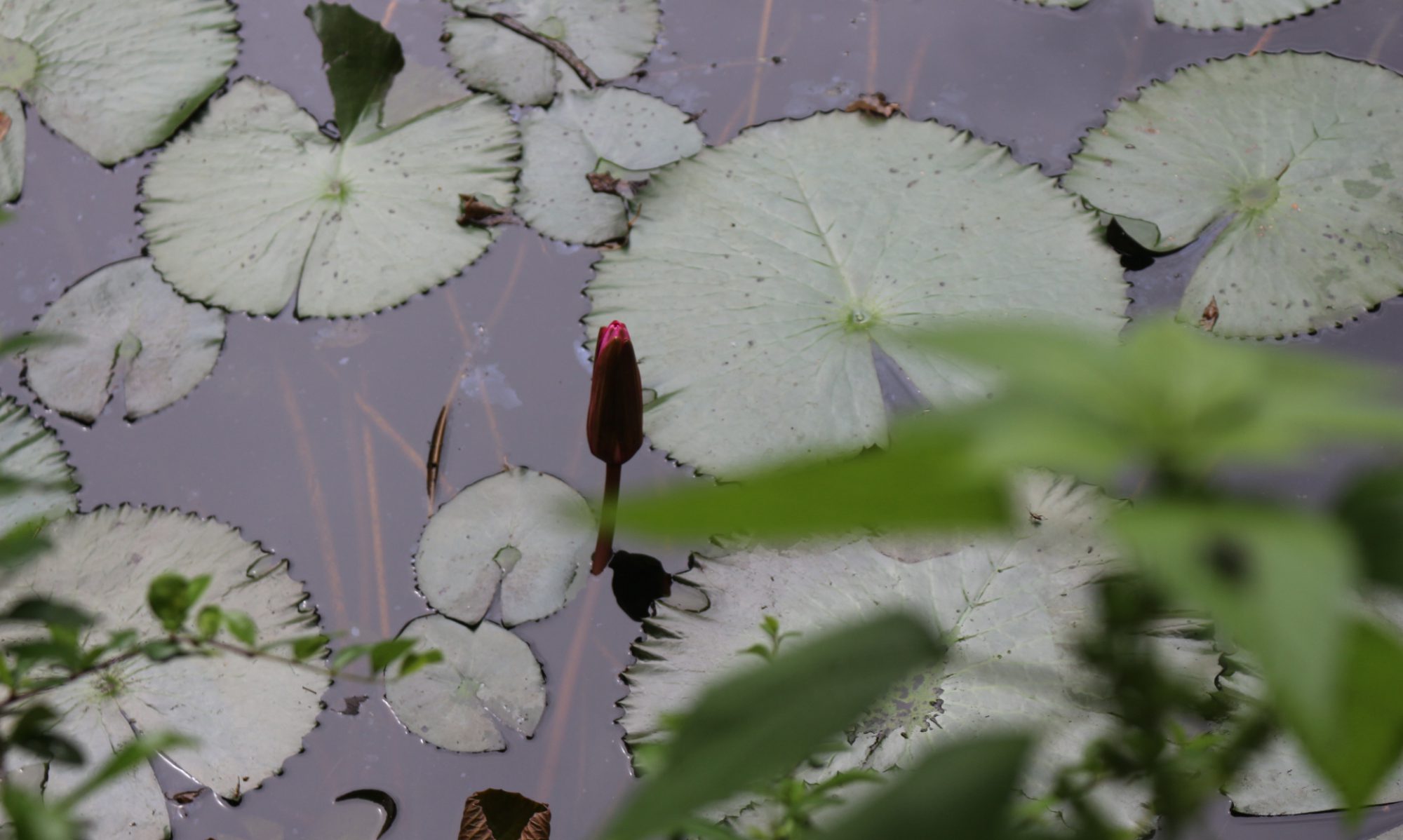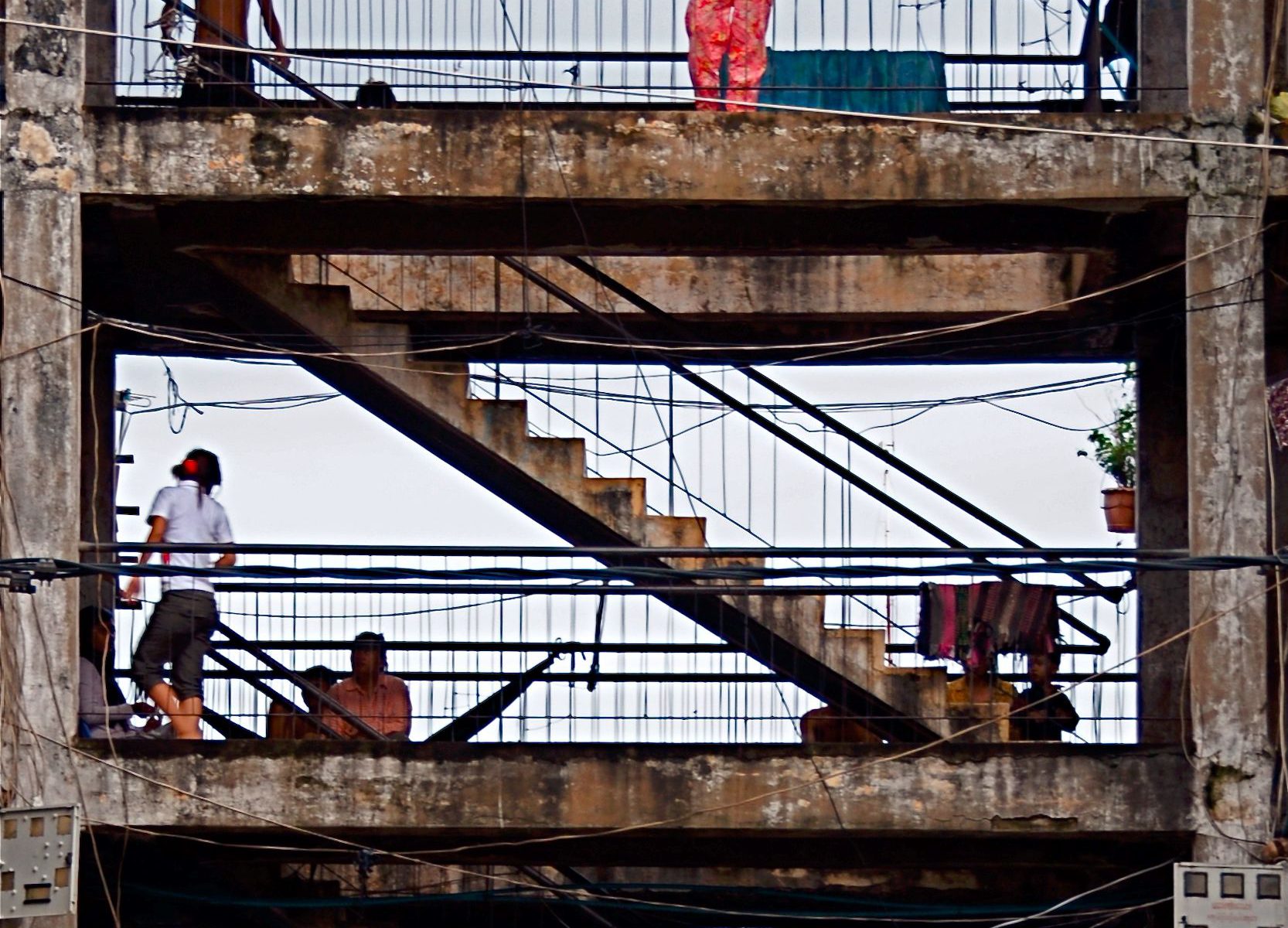This is the first exploration of the 6th year at Liger Leadership Academy. In this exploration, we studied the history of the white building from the past, present and future. In addition we were also learning about the development of Cambodia since it’s one of the major effect to the White Building itself, but also other iconic building in Phnom Penh. The White Building is the work of a Cambodian arcitect, Lu Ban Hap and a Russian engeerer, Vladimir Bodiansky, built in 1963. The building was a part of the Bassac Riverfront complex, an urban development designed by famous Khmer architect Vann Molyvann. This building has survived the genocide and people, specifically the artists has moved in, given the apartment by the Ministry of Culture. Recently, the residents has been evicted from the building because the goverment worried about the safety of the people their since the building is very old and it also touched on the beauty of the city as the building located in the central of Phnom Penh.
Besides the studies, our group of nine students worked on individual project that described what we have learned in this exploration. I’ve made a 20 minutes documentary, showing the aftermath of the building since it has knocked down. The video included many interviews with the residents, the goverment and the company, most importantly how the company and the residents agreed upon the compensate.
Personal Reflection:
After studying about the White Building, I started to understand more about the development of Phnom Penh, both in the past and in the future. I first thought that this exploration will be learning about the architecture of this old building but it’s way more interesting than the expectation. I really enjoyed learning and investigating this topic.
The building itself is not just a building, bricks walls and roofs for building, it’s more full of life. It’s amazing to see how this old, historical building connected to the development of the city of Phnom Penh as a whole. There’s also a lot of stigma about this place but after hearing different perspectives from all parts of people, there is more than one truth to this.
When I listen to the company and the government perspective, I think that the residents are happy with their decisions and the compensation. But then I realize I don’t like the idea of knocking down the building. Yes, the building is old but it would be a great place for a historic location so that other people can study about it too. But then I also think that, if the building was still there, it wouldn’t make the city look great too. There are a lot of positive and negative affect to this and it is very hard to make a statement to it.
The sad thing about this White Building that always struck me is the separation of the “community”. It is sad to see a whole cheerful, happiness and joyful group of people to be apart from each other, especially the artist’s community. After the war end, artists were brought back together so that they can bring back our cultures, and now they’re all separated. It’s just like the war has started again and our one piece of arts is starting to fade. Even Though it is just one piece, but it can make up a hole and if that one piece is missing, it can’t create a whole anymore.
I feel like development these days have been creating a lot of effects and influences to people who are living in the city. People have been evicted from their home so that developments can happen. But where do those people go? Yes, I agree that some building are built for apartments and housing. But still, I can see that apartments in Phnom Penh aren’t really affordable, so how can people find a place to live that they can afford? And since a lot of people want to live in the city? Because most Cambodian people aren’t that rich to have a luxury place to stay. Also, those who are rich are going to be rich, those who are poor will always be poor. It’s fascinating to see development happen in Cambodia, but how can we do business but also make people happy at the same time?


